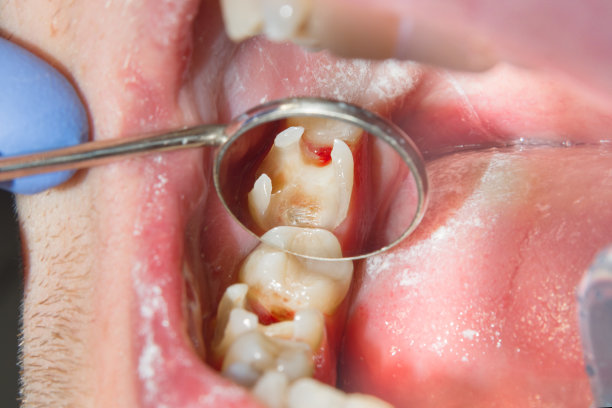Essential Precautions and Considerations for Ensuring Success in Root Canal Treatment Process
Summary: Root canal treatment is a crucial dental procedure aimed at saving infected or damaged teeth. Success hinges on various precautions and considerations that lead to effective outcomes. This article focuses on essential aspects that ensure the efficiency of the root canal process, covering patient assessment, procedural technique, post-treatment care, and the use of technology. By thoroughly examining each aspect, we provide insights into achieving the best possible results for patients, ultimately fostering a stronger understanding of the treatment process and its significance in maintaining dental health.
1. Importance of Proper Patient Assessment

Before initiating any dental treatment, a thorough patient assessment is vital. This assessment encompasses a comprehensive examination of the patients dental history, current health status, and specific symptoms they may be experiencing. Understanding the patients past dental experiences can also provide insights into their anxiety levels and possible reactions to treatment.
Moreover, taking X-rays is an essential part of diagnosing any underlying issues. Radiographic images can reveal the extent of infection, root canal anatomy, and any potential complications that may arise during the procedure. A thorough assessment ensures the dentist can devise a tailored treatment plan, optimizing the chances of success.
Additionally, discussing treatment options with the patient is critical. It is essential to inform them about the procedure, potential risks, and benefits, thus ensuring they have realistic expectations. This open communication helps build trust and cooperation, contributing to a smoother treatment experience.
2. Mastering Procedural Techniques
The procedural technique during root canal treatment is crucial for achieving successful outcomes. One of the first steps is the administration of local anesthesia, ensuring the patient feels comfortable and pain-free throughout the procedure. A well-anesthetized patient is more likely to cooperate, which can significantly improve procedural outcomes.
Once anesthesia takes effect, the dentist can begin cleaning and shaping the root canal system. Using the right instruments and techniques, including rotary endodontics, can enhance the removal of infected tissue and debris. These advanced tools allow for precise control, reducing the risk of complications, and ensuring thorough cleaning of the canals.
After cleaning, the filling of the root canals is another critical aspect. The choice of filling material plays a significant role in the longevity of the treatment. Proper technique and adhesive systems help seal the canals effectively, preventing future reinfection and ensuring the tooth remains functional for years to come.
3. Emphasizing Post-Treatment Care
Post-treatment care is equally important; it sets the foundation for recovery and long-term success. Following the procedure, it is essential to provide patients with detailed instructions on aftercare. This guidance may include pain management advice, dietary modifications, and recommendations to avoid strenuous activities for a short while.
Patients should also be advised about signs of complications, such as increased pain, swelling, or fever, which might indicate an issue that needs prompt attention. Scheduling a follow-up appointment is crucial, allowing the dentist to assess the treatment outcome and address any concerns the patient may have.
Moreover, encouraging regular dental check-ups is vital. These visits help monitor the treated tooths health and overall oral hygiene, thus enabling early detection of potential problems. Strong post-treatment care contributes significantly to the longevity and overall success of the root canal procedure.
4. Utilizing Technology in Treatment Process
Advancements in dental technology have transformed root canal treatment significantly, enhancing both precision and patient comfort. Incorporating digital imaging techniques, such as cone beam computed tomography (CBCT), allows for three-dimensional visualization of the tooth structure and surrounding areas. This technology aids in accurate diagnosis and treatment planning.
Furthermore, the use of electronic apex locators in determining the root canal length has proven to be highly effective. This technology reduces the risk of over-instrumentation and ensures that the entire canal system is adequately treated, thus contributing to the overall success of the procedure.
Lastly, the application of laser technology can be beneficial in root canal treatment. Lasers can assist in disinfecting the canals and promoting faster healing, thus improving patient comfort and treatment outcomes. Such technology not only streamlines the process but also enhances the quality of care provided.
Summary:
In summary, ensuring success in the root canal treatment process revolves around four essential aspects: proper patient assessment, mastery of procedural techniques, emphasis on post-treatment care, and the integration of advanced technology. Each component collectively contributes to improving patient outcomes and fostering a successful treatment experience.
This article is compiled by Vickong Dental and the content is for reference only.



